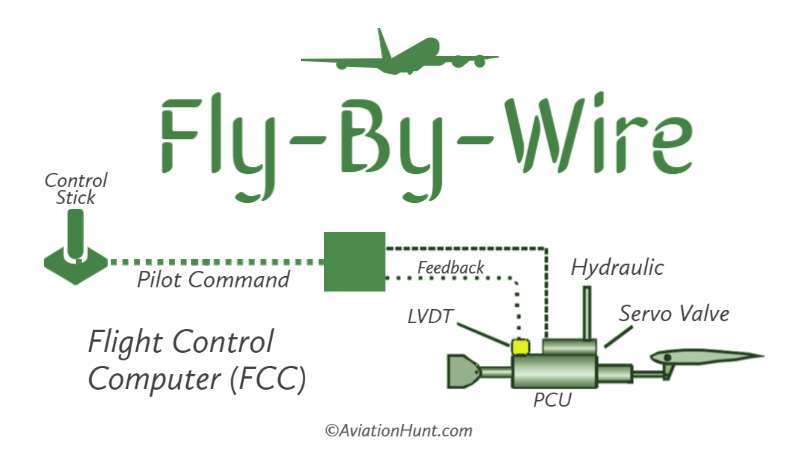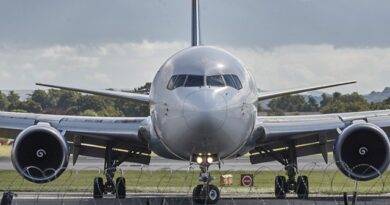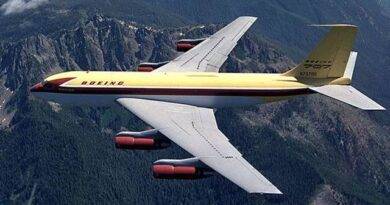The Evolution and Impact of Fly-by-Wire (FBW) Systems in Modern Aircraft
The aviation industry has witnessed significant technological advancements over the past few decades, with Fly-by-Wire (FBW) systems standing out as one of the most transformative innovations. These systems have revolutionized the way aircraft are controlled, enhancing safety, performance, and efficiency. This article explores the evolution of FBW systems, their impact on modern aviation, and the future prospects of this groundbreaking technology.
The Genesis of Fly-by-Wire Systems
Early Concepts and Development
The concept of Fly-by-Wire dates back to the mid-20th century, with the first practical applications emerging in military aircraft. Traditional mechanical and hydraulic flight control systems were cumbersome, heavy, and prone to failures. Engineers sought a more reliable and efficient alternative, leading to the development of FBW systems.
The First Fly-by-Wire Aircraft
The Apollo Lunar Module, developed by NASA in the 1960s, was one of the earliest examples of FBW technology. However, the first fully functional FBW system in an aircraft was implemented in the F-16 Fighting Falcon, a groundbreaking military jet introduced in the 1970s. This innovation marked a significant departure from traditional flight controls, setting the stage for widespread adoption in both military and commercial aviation.
How Fly-by-Wire Systems Work
Core Components
FBW systems replace conventional manual flight controls with an electronic interface. Key components include:
- Flight Control Computers (FCCs): These are the brains of the system, processing pilot inputs and controlling the aircraft’s control surfaces.
- Sensors and Actuators: Sensors gather data on the aircraft’s position and environment, while actuators move the control surfaces based on FCC commands.
- Redundant Systems: To enhance safety, FBW systems typically feature multiple redundant channels to ensure continuous operation even if one component fails.
Operational Mechanism
When a pilot makes an input via the control stick or yoke, the command is converted into electrical signals sent to the FCCs. The computers analyze these inputs, factoring in real-time data from sensors, and send precise instructions to the actuators. This seamless process results in smoother, more responsive aircraft control.

Benefits of Fly-by-Wire Systems
Enhanced Safety
FBW systems significantly improve safety by reducing pilot workload and minimizing the risk of human error. Advanced algorithms can override potentially dangerous pilot inputs, preventing accidents caused by pilot overcontrol or misjudgment. Additionally, the redundancy built into FBW systems ensures that the aircraft can still be controlled even if one or more components fail.
Improved Performance and Efficiency
FBW technology optimizes aircraft performance by allowing for more precise control and stability. The system can make real-time adjustments to the control surfaces, enhancing aerodynamic efficiency and reducing fuel consumption. This precision also contributes to smoother flights and improved passenger comfort.
Weight Reduction and Maintenance
By replacing heavy mechanical components with lightweight electronic systems, FBW technology contributes to overall weight reduction in aircraft. This, in turn, enhances fuel efficiency and reduces operational costs. Moreover, FBW systems require less maintenance compared to traditional mechanical controls, resulting in lower maintenance costs and increased aircraft availability.
The Evolution of Fly-by-Wire in Commercial Aviation
Airbus and Boeing: Pioneers in FBW Adoption
The commercial aviation sector began embracing FBW technology in the 1980s, with Airbus leading the charge. The Airbus A320, introduced in 1988, was the first commercial airliner to feature a full FBW system. Boeing followed suit with the 777, which incorporated FBW controls alongside traditional systems for redundancy.
Expansion to Modern Fleets
Today, FBW systems are standard in most modern commercial aircraft, including the Airbus A350 and Boeing 787 Dreamliner. These advanced systems have set new benchmarks for safety, performance, and passenger comfort, further solidifying FBW technology’s role in the aviation industry.
Future Prospects of Fly-by-Wire Systems
Integration with Advanced Technologies
The future of FBW systems looks promising, with ongoing research focused on integrating these systems with emerging technologies such as artificial intelligence (AI) and machine learning. These advancements could lead to even more sophisticated flight control systems capable of autonomously handling complex flight scenarios and enhancing overall safety.
Urban Air Mobility and Autonomous Flight
As the aviation industry explores new frontiers like urban air mobility (UAM) and autonomous flight, FBW systems will play a crucial role. The precision and reliability of FBW technology make it ideal for controlling electric vertical takeoff and landing (eVTOL) aircraft and other innovative platforms poised to transform urban transportation.
Conclusion
The evolution of Fly-by-Wire systems has had a profound impact on modern aviation, revolutionizing aircraft control and significantly enhancing safety, performance, and efficiency. From their early military applications to their widespread adoption in commercial aviation, FBW systems have proven to be a game-changer. As technology continues to advance, the future of Fly-by-Wire promises even greater innovations, paving the way for a new era in aviation.
References and Further Reading Links:
- https://www.nasa.gov/history/apollos-lunar-module-bridged-technological-leap-to-the-moon
- https://www.quora.com/What-are-the-true-origins-of-the-fly-by-wire-control-computer-used-in-the-Apollo-Moon-missions
- https://www.researchgate.net/figure/F-16-fighting-falcon-fly-by-wire-system-4_fig1_337828769
- https://www.airbus.com/en/our-history/commercial-aircraft-history/fly-by-wire-1980-1987
- https://www.aviationhunt.com/fly-by-wire/


